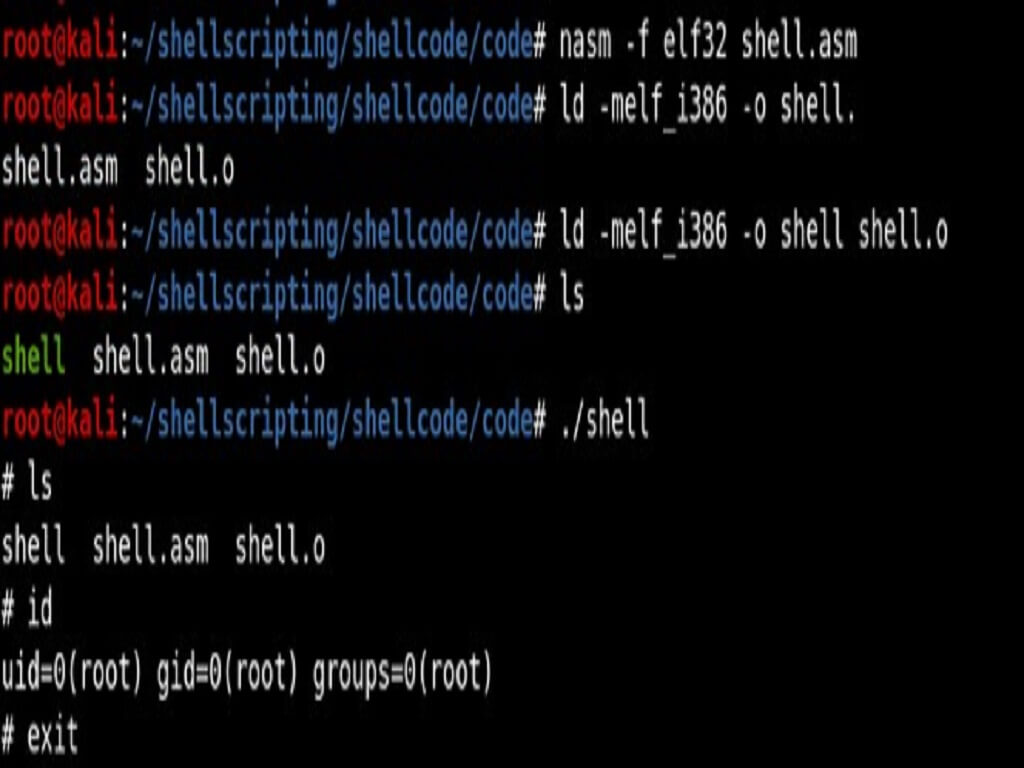What is DevSecOps?
The benefits of DevSecOps are simple: Enhanced automation throughout the software delivery pipeline eliminates mistakes and reduces attacks and downtime. For teams looking to integrate security into their DevOps framework, the process can be completed seamlessly using the right DevSecOps tools and processes.
Let's take a look at a typical DevOps and DevSecOps workflow:
- A developer creates code within a version control management system.
- The changes are committed to the version control management system.
- Another developer retrieves the code from the version control management system and carries out analysis of the static code to identify any security defects or bugs in code quality.
- An environment is then created, using an infrastructure-as-code tool, such as Chef. The application is deployed and security configurations are applied to the system.
- A test automation suite is then executed against the newly deployed application, including back-end, UI, integration, security tests and API.
- If the application passes these tests, it is deployed to a production environment.
- This new production environment is monitored continuously to identify any active security threats to the system.
With a test-driven development environment in place and automated testing and continuous integration part of the workflow, organisations can work seamlessly and quickly towards a shared goal of increased code quality and enhanced security and compliance.
How to Automate DevOps Security?
To do: Maintain short and frequent development cycles, integrate security measures with minimal disruption to operations, keep up with innovative technologies like containers and micro services, and all the while foster closer collaboration between commonly isolated teams—this is a tall order for any organisation. All of these initiatives begin at the human level—with the ins and outs of collaboration at your organisation—but the facilitator of those human changes in a DevSecOps framework is automation.
But what to automate, and how? There is written guidance to help answer this question. Organisations should step back and consider the entire development and operations environment. This includes source control repositories, container registries, the continuous integration and continuous deployment (CI/CD) pipeline, application programming interface (API) management, orchestration and release automation, and operational management and monitoring.
New automation technologies have helped organisations adopt more agile development practices, and they have also played a part in advancing new security measures.
Why Do We Need DevOpsSec ?
The IT infrastructure landscape has undergone exponential changes over the past decade. The shift to agile cloud computing platforms, shared storage and data, and dynamic applications has brought huge benefits to organizations looking to thrive and grow through the use of advanced applications and services.
However, while DevOps applications have stormed ahead in terms of speed, scale and functionality, they are often lacking in robust security and compliance. For this reason, DevSecOps was introduced into the software development lifecycle to bring development, operations and security together under one umbrella.
Hackers are always looking for the best ways to deploy malware and other exploits. Imagine if they were able to insert malware into an application during the build process, and that this malware was not discovered until the application had been distributed to thousands of customers. The damage to both the customer system and company reputation would be huge, especially in a world where bad news goes viral within moments.
Making security an equal consideration alongside development and operations is a must for any organization involved in application development and distribution. When you integrate DevSecOps and DevOps, every developer and network administrator has security at the front of their mind when developing and deploying applications.





